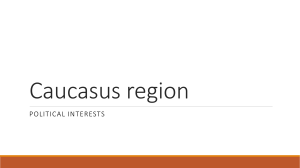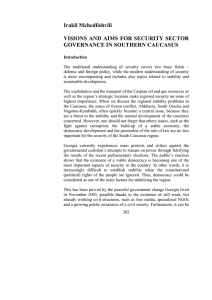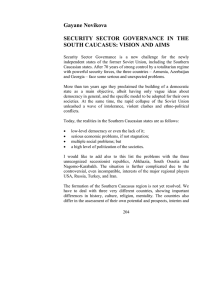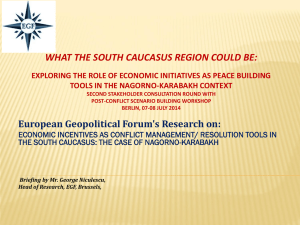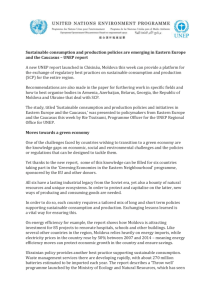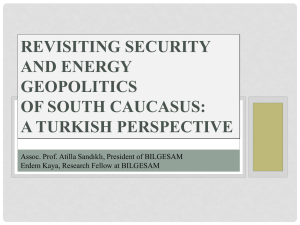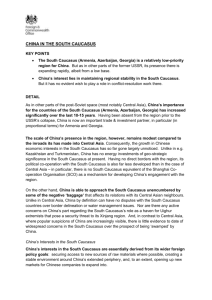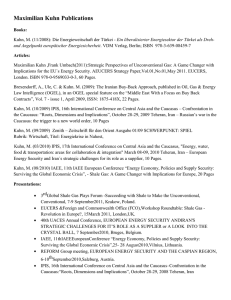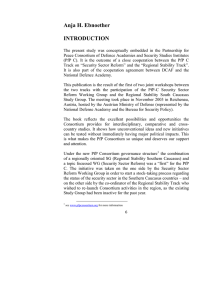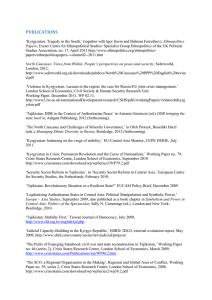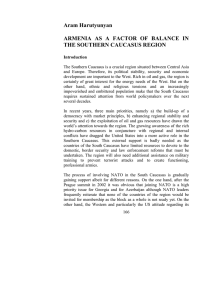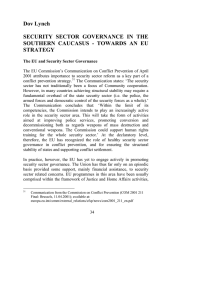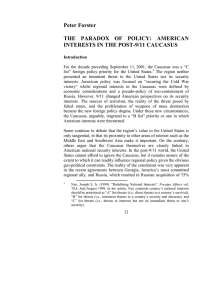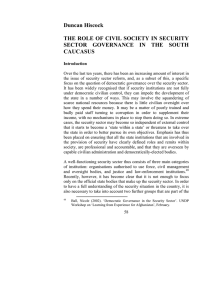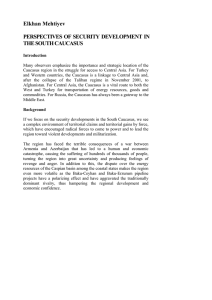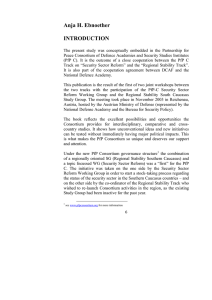EU Energy Import Diversification Policy (South Caucasus)
advertisement
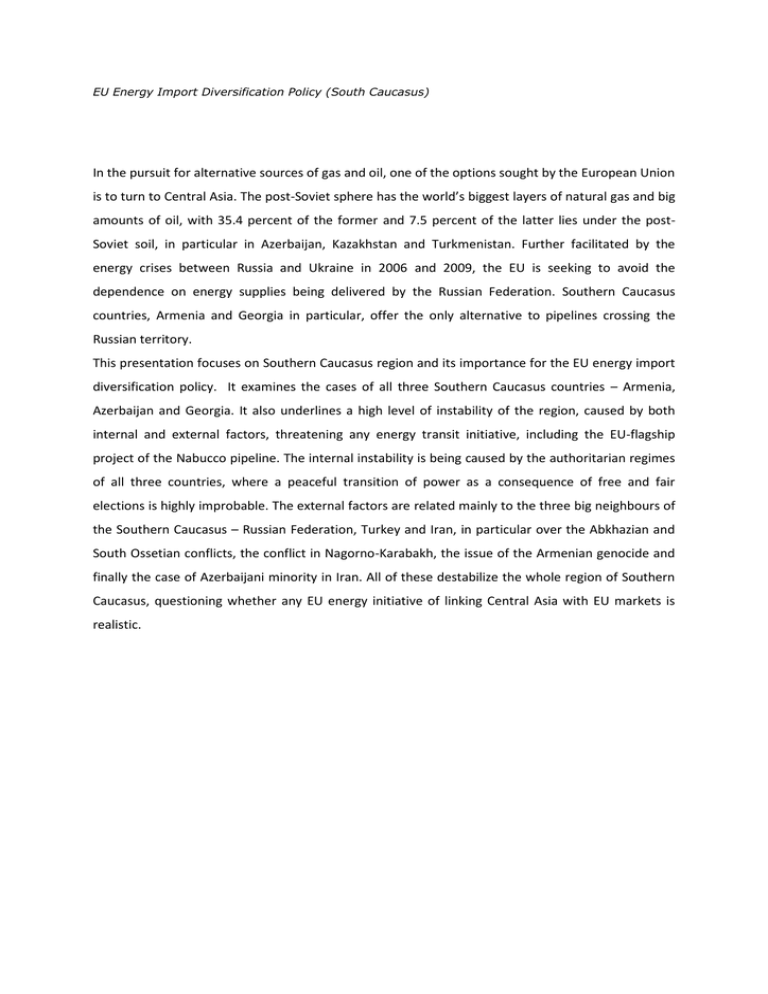
EU Energy Import Diversification Policy (South Caucasus) In the pursuit for alternative sources of gas and oil, one of the options sought by the European Union is to turn to Central Asia. The post-Soviet sphere has the world’s biggest layers of natural gas and big amounts of oil, with 35.4 percent of the former and 7.5 percent of the latter lies under the postSoviet soil, in particular in Azerbaijan, Kazakhstan and Turkmenistan. Further facilitated by the energy crises between Russia and Ukraine in 2006 and 2009, the EU is seeking to avoid the dependence on energy supplies being delivered by the Russian Federation. Southern Caucasus countries, Armenia and Georgia in particular, offer the only alternative to pipelines crossing the Russian territory. This presentation focuses on Southern Caucasus region and its importance for the EU energy import diversification policy. It examines the cases of all three Southern Caucasus countries – Armenia, Azerbaijan and Georgia. It also underlines a high level of instability of the region, caused by both internal and external factors, threatening any energy transit initiative, including the EU-flagship project of the Nabucco pipeline. The internal instability is being caused by the authoritarian regimes of all three countries, where a peaceful transition of power as a consequence of free and fair elections is highly improbable. The external factors are related mainly to the three big neighbours of the Southern Caucasus – Russian Federation, Turkey and Iran, in particular over the Abkhazian and South Ossetian conflicts, the conflict in Nagorno-Karabakh, the issue of the Armenian genocide and finally the case of Azerbaijani minority in Iran. All of these destabilize the whole region of Southern Caucasus, questioning whether any EU energy initiative of linking Central Asia with EU markets is realistic.
